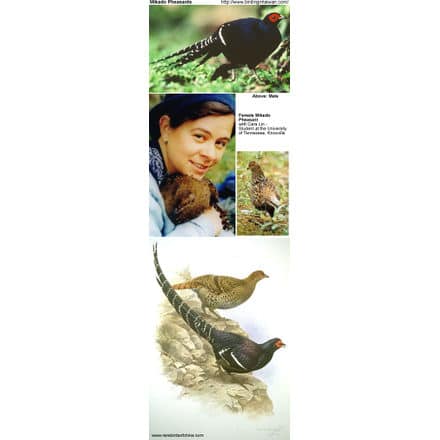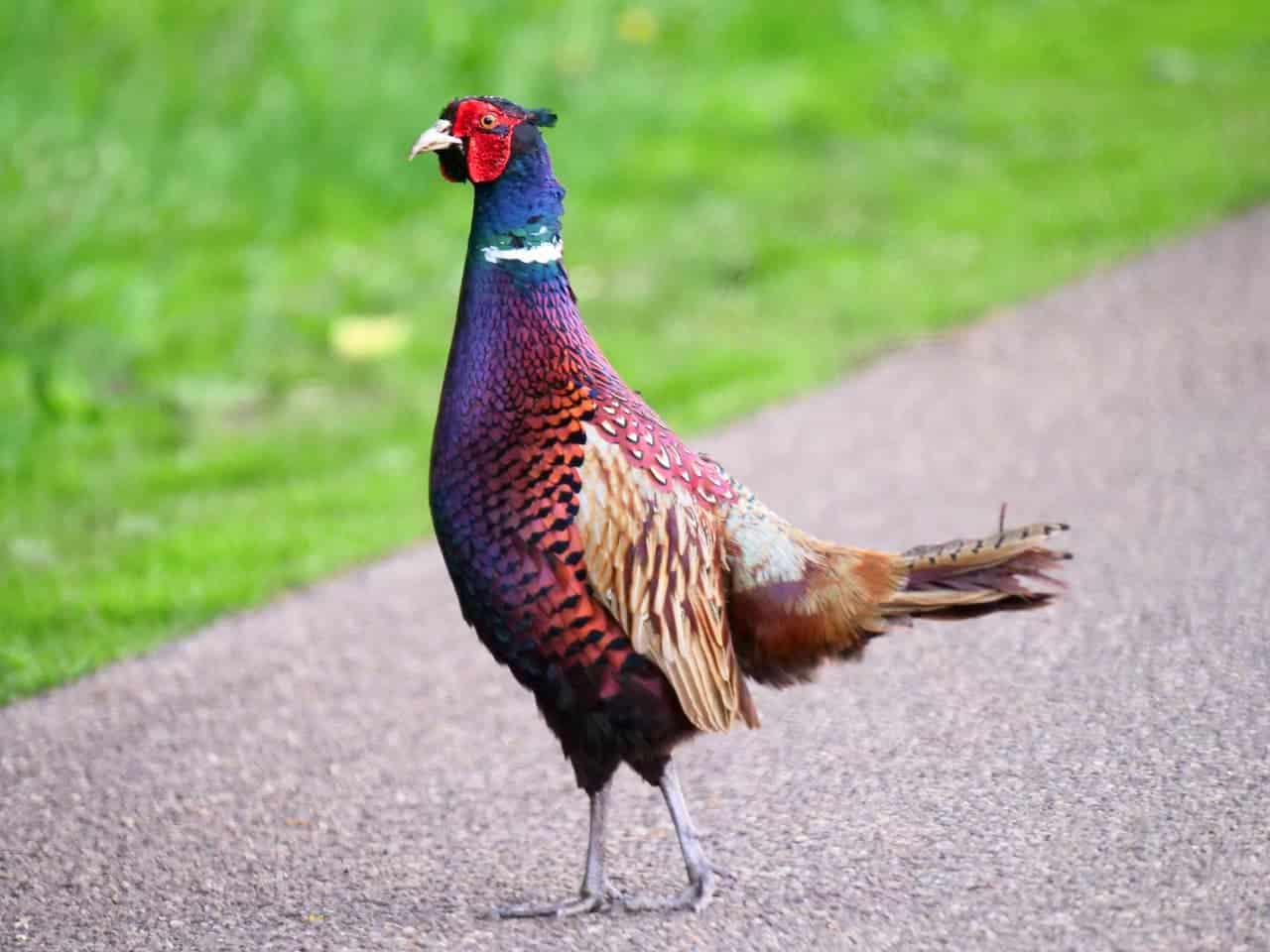Mountain Quail
The Mountain Quail, Oreortyx pictus, is a small ground-dwelling bird in the New World quail family.
This species is the only one in the genus Oreortyx, which is sometimes included in Callipepla. This is not appropriate, however, as the Mountain Quail’s ancestors have diverged from other New World quails earlier than the bobwhites, no later than 6 mya (Zink and Blackwell, 1998).
Mountain Quail primarily move about by walking, and can move surprisingly fast through brush and undergrowth.
Any flight is usually short and explosive, with many rapid wingbeats followed by a slow glide to the ground. The birds habits can be secretive.
Quail Information … Quail Photo Gallery
Distribution / Range
It inhabits mountainous chapparal areas of the Pacific west of the United States and the Baja peninsula Mexico. They have been introduced to British Columbia in Canada, and some areas of Washington state in the USA.
They are a non-migratory species, however may be altitudinal migrants in some mountain ranges. They can be found up to 10,000 ft.
In the late summer, fall and winter, the adults and immature young congregate into family groups of up to 20 birds.
Description
The bird’s average length is 26-28 cm with a wingspan of 35-40 cm. These birds have relatively short, rounded wings and long, featherless legs.
These birds are easily recognized by their top knots, (which are shorter in the female), brown face, gray colored breast, brown colored back and primaries (longest wing feathers), and heavily white barred underside.
Diet / Feeding
Its diet consists primarily of plant matter and seeds. The chicks are decidedly more insectivorous than adults, gradually consuming more plant matter as they mature.
Breeding / Nesting
Breeding among Mountain Quail is monogamous, and rarely gregarious. The female typically lays 9-10 eggs in a simple scrape concealed in vegetation, often at the base of a tree or shrub, usually close to water. Incubation lasts from 21-25 days, usually performed by the female and rarely by the male.
The chicks are precocial, leaving the nest with their parents within hours of hatching.




